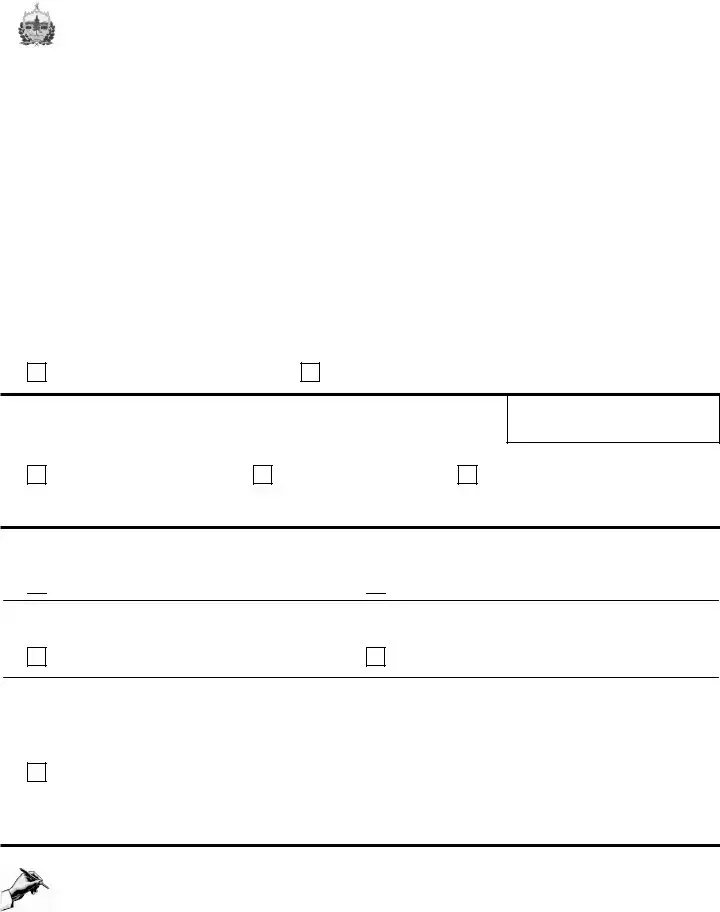The Form 1040, commonly utilized for individual income tax returns in the United States, shares similarities with the Vermont E2A form in its function of reporting financial information to a tax authority. Both forms require the submission of personal identifiers, such as Social Security numbers and addresses, and ask for detailed financial data to determine the tax obligations of the individual or estate. While the E2A form focuses on estate tax clearances, including income and fiduciary tax aspects related to a decedent's estate, the 1040 form captures an individual's yearly income, deductions, and credits to calculate owed federal income tax.
The Form 706, or the United States Estate (and Generation-Skipping Transfer) Tax Return, has a clear parallel to the Vermont E2A form, especially where the E2A requires information to determine if a Vermont Estate Tax Return is necessitated by the decedent's financial circumstances at the time of death. Both documents are concerned with the valuation of an estate to assess tax responsibilities arising from transfers of wealth at death, including the enumeration of assets, deductions, and computing tax due, based on the value of the estate and applicable tax rates or exemptions.
Form 1041, the U.S. Income Tax Return for Estates and Trusts, mirrors the fiduciary section of the E2A form, as both are dedicated to capturing the income tax obligations of estates or trusts. These documents collect information about income generated by the estate or trust, allowable deductions, and the resulting income tax liability. The need to provide an Employer Identification Number (EIN) and indicate whether fiduciary income tax returns are required mirror each other in both the structure and intent of ensuring proper taxation of income generated before the distribution to beneficiaries.
The Application for Tax Clearance Certificate, often a requisite in finalizing the affairs of deceased individuals or dissolved entities, parallels the E2A's purpose. While the Vermont-focused E2A form specifically facilitates the process of settling estate taxes and ensuring compliance with state tax obligations before distributing assets, a Tax Clearance Certificate generally serves a broader purpose. It provides official proof that a taxpayer's affairs are in order with a particular tax authority, be it for estate, individual, or corporate taxes, affirming that all tax liabilities have been satisfied.
Lastly, the similarity between the Vermont E2A form and state-specific inheritance tax return forms, where applicable, illustrates another aspect of posthumous financial settlement. Inheritance tax, distinct from estate tax, is levied in some jurisdictions based on the value of specific inheritances to individual beneficiaries. Forms like the E2A that encompass estate tax assessment might not directly address inheritance tax but share the commonality of facilitating tax compliance following a death, in terms of evaluating the financial assets and obligations of the deceased and ensuring appropriate taxation based on those assets.




